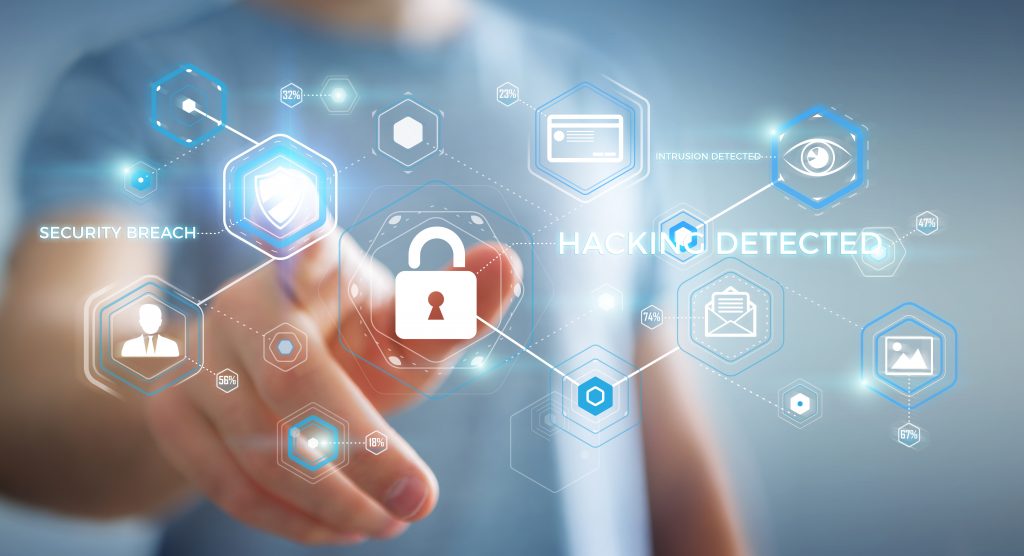In the ever-evolving landscape of cybersecurity, recent headlines have once again brought to light the critical vulnerabilities that major institutions face. A significant number of London hospitals and several schools have recently fallen victim to cyberattacks, underlining the urgent need for robust cybersecurity measures. This blog explores the implications of these incidents, the common vulnerabilities exploited by attackers, and the strategies that organisations can adopt to bolster their defenses.
Understanding the Recent Cyberattacks
In recent weeks, major hospitals and multiple schools have experienced disruptive cyberattacks. These incidents have had severe consequences, including the compromise of sensitive personal and medical information, disruption of critical services, and financial losses. Understanding the nature of these attacks can provide valuable insights into preventing future incidents.
Hospitals: A Target-Rich Environment
Hospitals are particularly attractive targets for cybercriminals due to the vast amount of sensitive data they hold and their critical role in society. The recent attack involved ransomware, which encrypted patient records and disrupted medical services. The attackers demanded a ransom for the decryption key, putting lives at risk and causing significant operational challenges.
Schools: Vulnerable Yet Overlooked
Schools, while perhaps less immediately associated with critical infrastructure, are also prime targets. They hold vast amounts of personal data on students and staff, including social security numbers, addresses, and academic records. The recent attacks on schools involved phishing schemes and malware infections, leading to data breaches and operational disruptions.
Common Vulnerabilities Exploited
The recent incidents highlight several common vulnerabilities that cybercriminals exploit:
- Outdated Software and Systems: Many institutions rely on outdated software that lacks the latest security patches, making them easy targets for attackers.
- Lack of Employee Training: Human error remains one of the biggest cybersecurity threats. Phishing attacks often succeed because employees are not adequately trained to recognise and avoid them.
- Insufficient Network Security: Weak network security measures can allow attackers to move laterally within an organisation once they gain initial access.
- Inadequate Incident Response Plans: Many institutions lack a robust incident response plan, leading to delays and missteps when responding to an attack.
Strategies for Strengthening Cybersecurity
To mitigate the risk of cyberattacks, hospitals, schools, and other institutions, both large and small, must adopt comprehensive cybersecurity strategies. Here are some essential steps:
1. Regular Software Updates and Patch Management: Ensuring that all software and systems are regularly updated with the latest security patches is crucial. Institutions should implement automated patch management solutions to keep systems up-to-date.
2. Employee Training and Awareness Program: Regular training sessions should be conducted to educate employees about the latest phishing schemes and cybersecurity best practices. Creating a culture of cybersecurity awareness can significantly reduce the risk of human error.
3. Advanced Network Security Measures: Deploying advanced network security measures, such as firewalls, intrusion detection systems, and multi-factor authentication (MFA), can help protect against unauthorised access and lateral movement within the network.
4. Comprehensive Incident Response Plans: Developing and regularly updating an incident response plan is essential. This plan should outline clear steps to take in the event of a cyberattack, including communication protocols, data recovery procedures, and legal considerations.
5. Regular Security Audits and Penetration Testing: Conducting regular security audits and penetration testing can help identify and address vulnerabilities before attackers can exploit them. These proactive measures are critical for maintaining a strong security posture.
Conclusion
The recent cyberattacks on a major hospital and several schools serve as a stark reminder of the ever-present threat of cybercrime. By understanding the common vulnerabilities exploited by attackers and implementing comprehensive cybersecurity strategies, institutions can better protect themselves and their stakeholders. As the digital landscape continues to evolve, staying vigilant and proactive in cybersecurity efforts is more important than ever.
Stay Updated
For the latest updates and insights on cybersecurity, subscribe to our blog and follow us on social media. Together, we can build a more secure digital future.


